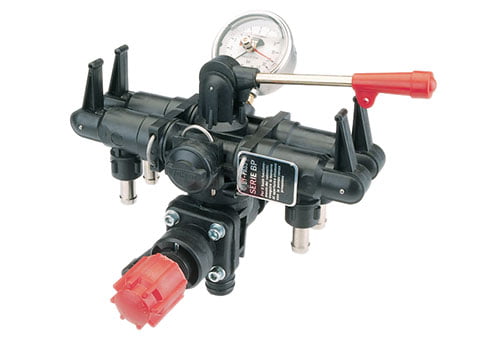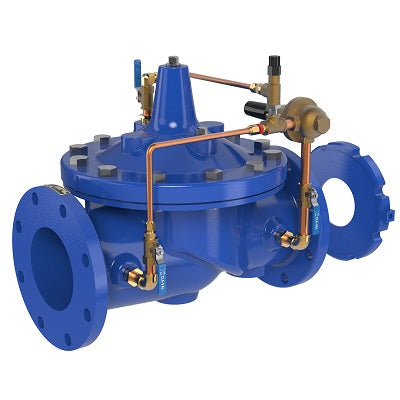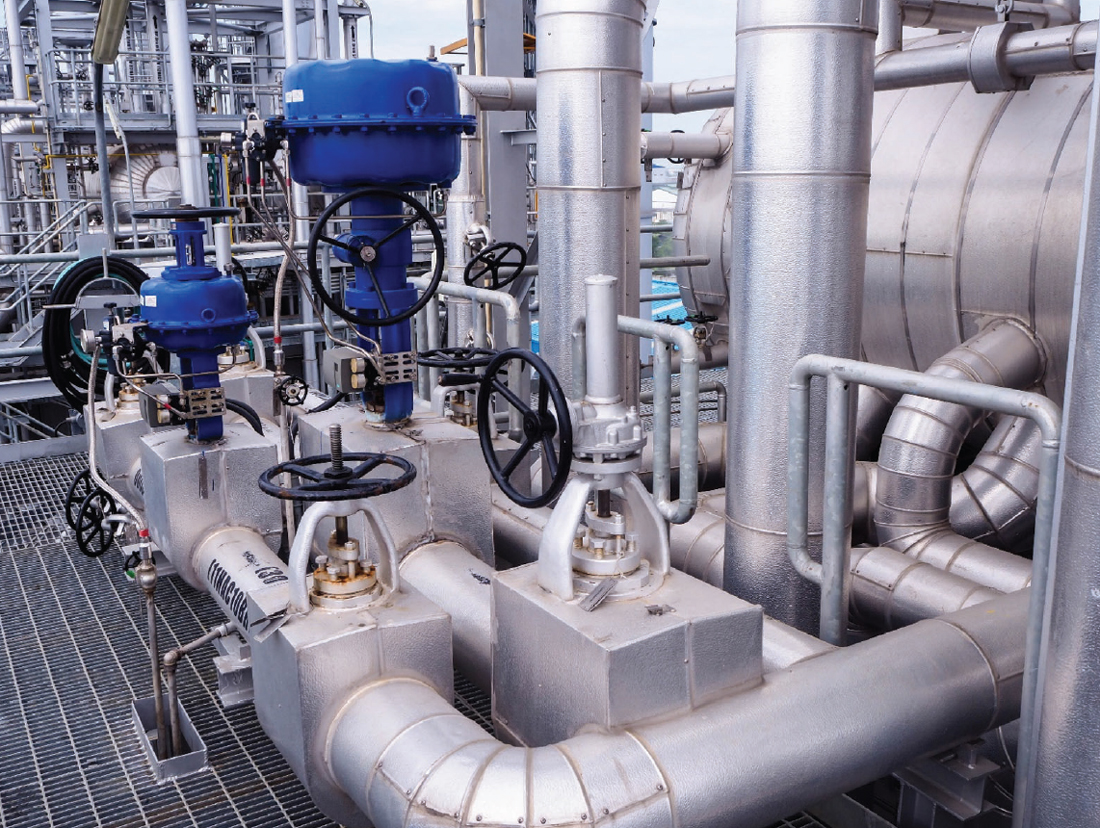Effective Control Valves: Trick Components for Efficient System Administration
Wiki Article

Maximize Energy Savings and Comfort With Advanced Structure Automation Controls
In the world of contemporary architecture and center monitoring, the assimilation of innovative building automation controls stands as a crucial development. The merging of innovation and sustainability has birthed a brand-new age where energy efficiency, convenience optimization, and operational streamlining are no much longer far-off goals however attainable facts. By utilizing the power of automation, structures can adapt, react, and evolve in methods that were once unbelievable. The capacity for substantial energy financial savings and improved convenience is not just an opportunity yet an assurance waiting to be met. This standard shift in building administration holds the key to unlocking a globe where ecological conscientiousness and passenger well-being harmoniously exist together within the walls of our frameworks.Energy Effectiveness Perks
Energy effectiveness advantages can dramatically decrease power consumption and operational expenses in structures. By applying energy-efficient practices and modern technologies, structure proprietors and drivers can accomplish substantial financial savings while likewise adding to ecological sustainability. One of the key benefits of improving energy effectiveness in buildings is the decrease of utility expenses. Energy-efficient systems, such as sophisticated building automation controls, can enhance making use of sources like illumination, air conditioning, and home heating, leading to reduced energy expenditures in time.In addition, improved power effectiveness can prolong the life-span of building equipment and systems. By running more successfully, heating and cooling systems, lighting fixture, and various other building components experience much less deterioration, resulting in minimized maintenance and replacement prices. Additionally, energy-efficient structures commonly command higher property worths and rental rates, supplying long-lasting financial benefits to proprietors.
Additionally, power effectiveness can boost owner convenience and efficiency. Properly controlled interior atmospheres with optimum illumination and thermal problems create an even more helpful and enjoyable work space, leading to boosted worker satisfaction and efficiency. On the whole, the power performance advantages connected with advanced building automation controls are multifaceted, encompassing cost financial savings, environmental stewardship, and occupant wellness.
Enhanced Convenience Control
Enhancing convenience control in building environments needs an innovative integration of sophisticated automation systems for optimum occupant wellness. By using advanced building automation controls, facilities can tailor the indoor setting to fulfill the specific needs and preferences of residents. These systems allow precise regulation of lights, air flow, and temperature level, creating a comfortable and efficient atmosphere. Occupant complete satisfaction and efficiency are carefully linked to thermal comfort, making it necessary to have systems in position that can adjust to altering conditions in real-time.Improved comfort control exceeds fundamental temperature adjustments. It consists of attributes such as personalized settings, occupancy sensing units, and natural light usage to create a dynamic and responsive environment. By incorporating these innovative controls, buildings can not only improve convenience but additionally enhance power performance by optimizing system operations based on actual occupancy and Web Site usage patterns. Inevitably, prioritizing owner comfort via innovative automation systems brings about a much more delightful and healthier interior atmosphere.
Operational Efficiency Improvements

Moreover, the execution of real-time tracking and analytics devices allows building drivers to identify power inefficiencies and functional abnormalities immediately. By constantly keeping track of energy usage patterns and system performance metrics, changes can be made in real-time to maximize energy intake and make sure peak functional performance. control valves. In addition, including need feedback techniques into building automation controls can better improve functional efficiency by dynamically readjusting energy usage based on grid conditions and pricing signals
Indoor Climate Optimization
Reliable indoor climate optimization is an essential facet of structure automation controls, guaranteeing passengers' convenience and wellness while taking full advantage of energy savings. By using innovative sensors and controls, building automation systems can continuously monitor and readjust temperature, moisture degrees, air top quality, and ventilation to create an optimum interior setting. Preserving regular and comfortable conditions not only enhances occupant satisfaction however likewise boosts performance and view website total health.Indoor climate optimization also plays a critical duty in power effectiveness. By fine-tuning air conditioning, air flow, and home heating systems based on real-time data and occupancy patterns, developing automation controls can significantly minimize energy usage - control valves. Implementing techniques such as demand-controlled ventilation and thermal zoning can assist minimize power waste while ensuring that each area of the building receives the essential conditioning.

Sustainable Setting Creation
Structure automation regulates not just optimize indoor climate conditions for energy performance and occupant comfort but additionally lay the structure for producing a lasting setting through tactical administration of systems and resources. By integrating innovative structure automation innovations, such as sensors, actuators, and smart software application, facilities directory can readjust and monitor energy usage in real-time to decrease waste and minimize their carbon impact. These systems allow anticipating maintenance, determining prospective problems before they intensify and maximizing equipment efficiency to enhance longevity and effectiveness.Additionally, sustainable atmosphere development expands beyond power administration to include water conservation, waste reduction, and interior air quality improvement. Building automation controls can regulate water usage, discover leakages, and ensure appropriate garbage disposal methods, adding to total sustainability efforts. In addition, by keeping an eye on and managing air flow and purification systems, these technologies improve occupant health and performance while lowering energy consumption connected with a/c procedures.
Conclusion
Finally, advanced structure automation regulates offer considerable advantages in terms of energy cost savings, convenience control, functional efficiency, interior climate optimization, and developing a lasting environment. By executing these controls, structures can accomplish optimal performance while reducing power consumption and boosting resident comfort. It appears that making use of advanced automation innovation is essential in enhancing structure performance and producing a more lasting future.Energy performance advantages can substantially minimize power intake and functional costs in buildings. Generally, the energy effectiveness benefits connected with advanced structure automation controls are diverse, including expense savings, environmental stewardship, and resident health.
Furthermore, including need reaction methods into building automation controls can further boost operational efficiency by dynamically readjusting power usage based on grid conditions and rates signals.
Building automation controls not just enhance indoor environment conditions for energy efficiency and passenger convenience but likewise lay the structure for producing a sustainable setting with calculated management of sources and systems.In conclusion, progressed building automation manages offer substantial benefits in terms of power savings, convenience control, operational efficiency, indoor environment optimization, and creating a sustainable environment.
Report this wiki page